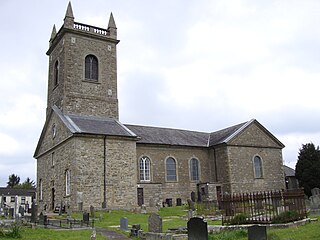
The Bishop of Clogher is an episcopal title which takes its name after the village of Clogher in County Tyrone, Northern Ireland. Following the Reformation, there are now parallel apostolic successions: one of the Church of Ireland and the other of the Roman Catholic Church.
Donatus Ó Muireadhaigh, O.S.A. was a fifteenth-century Archbishop of Tuam.
The Archbishop of Cashel was an archiepiscopal title which took its name after the town of Cashel, County Tipperary in Ireland. Following the Reformation, there had been parallel apostolic successions to the title: one in the Church of Ireland and the other in the Roman Catholic Church. The archbishop of each denomination also held the title of Bishop of Emly. The Church of Ireland title was downgraded to a bishopric in 1838, and in the Roman Catholic Church it was superseded by the role of Archbishop of Cashel and Emly when the two dioceses were united in 2015.
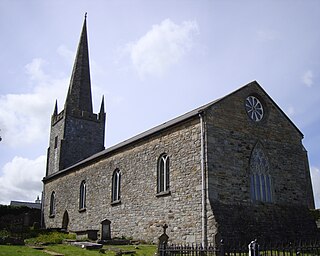
The Bishop of Killala is an episcopal title which takes its name after the village of Killala in County Mayo, Ireland. In the Roman Catholic Church it remains a separate title, but in the Church of Ireland it has been united with other bishoprics.
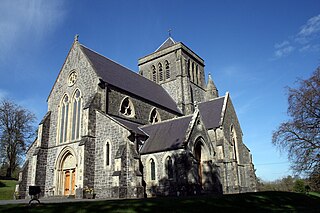
The Bishop of Kilmore is an episcopal title which takes its name after the parish of Kilmore, County Cavan in Ireland. In the Roman Catholic Church it remains a separate title, but in the Church of Ireland it has been united with other bishoprics.
The Bishop of Meath is an episcopal title which takes its name after the ancient Kingdom of Meath. In the Roman Catholic Church it remains as a separate title, but in the Church of Ireland it has been united with another bishopric.
The Bishop of Kilfenora was a separate episcopal title which took its name after the village of Kilfenora in County Clare in the Republic of Ireland. In both the Church of Ireland and the Roman Catholic Church, the title is now united with other bishoprics.
The Bishop of Waterford was a medieval prelate, governing the Diocese of Waterford from its creation in the 11th century until it was absorbed into the new Roman Catholic Diocese of Waterford and Lismore in the 14th century. After the creation of four archdioceses for Ireland in the middle of the 12th century, Waterford fell under the Archbishop of Cashel.
The Bishop of Waterford and Lismore is an episcopal title which takes its name after the city of Waterford and town of Lismore in Ireland. The title was used by the Church of Ireland until 1838, and is still used by the Roman Catholic Church.

The Archbishop of Armagh is an archiepiscopal title which takes its name from the city of Armagh in Northern Ireland. Since the Reformation, there have been parallel apostolic successions to the title: one in the Roman Catholic Church and the other in the Church of Ireland. The archbishop of each denomination also holds the title of Primate of All Ireland.
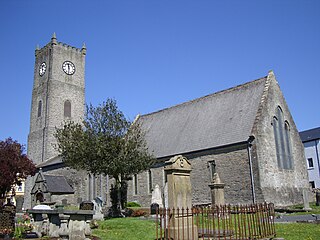
The Bishop of Raphoe is an episcopal title which takes its name after the town of Raphoe in County Donegal, Ireland. In the Roman Catholic Church it remains a separate title, but in the Church of Ireland it has been united with another bishopric.
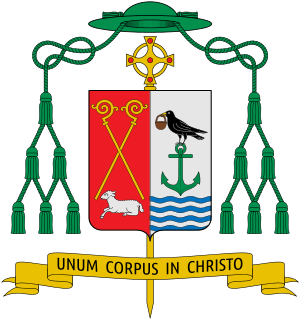
The Bishop of Elphin is an episcopal title which takes its name after the village of Elphin, County Roscommon, Ireland. In the Roman Catholic Church it remains a separate title, but in the Church of Ireland it has been united with other bishoprics.
The Bishop of Emly was a separate episcopal title which took its name after the village of Emly in County Tipperary, Republic of Ireland. In both the Church of Ireland and the Roman Catholic Church, it has been united with other sees.
Richard Brady, O.F.M. was an Irish prelate of the Roman Catholic Church who served as Bishop of Ardagh from 1576 to 1580 and then Bishop of Kilmore from 1580 to 1607.
Patrick Walsh was an Irish prelate who served as the Bishop of Waterford and Lismore from 1551 to 1578.
William Bailie, D.D. was an Anglican clergyman who served in the Church of Ireland as Bishop of Clonfert and Kilmacduagh from 1644 to 1664.
Randolph Barlow, was made Pembroke College fellow at Cambridge University in 1593; attained Master of Arts in 1594; awarded Doctor of Divinity in 1600; took holy orders and later served in the Church of Ireland as the Archbishop of Tuam from 1629 to 1638.
Robert Howard, D.D. was an Anglican prelate who served in the Church of Ireland as the Bishop of Killala and Achonry (1727–1730) and Bishop of Elphin (1730–1740).
Owen O'Connor was an Anglican priest in Ireland in the late 16th and early 17th centuries.
Denis Ó Connmhaighalso recorded as Denis O'Cahan or in Latin as Dionysius was an Irish Roman Catholic clergyman in the 15th century: he was appointed Bishop of Kilfenora on 17 November 1434 and consecrated on 26 December that year; resigned on 12 December 1491.







